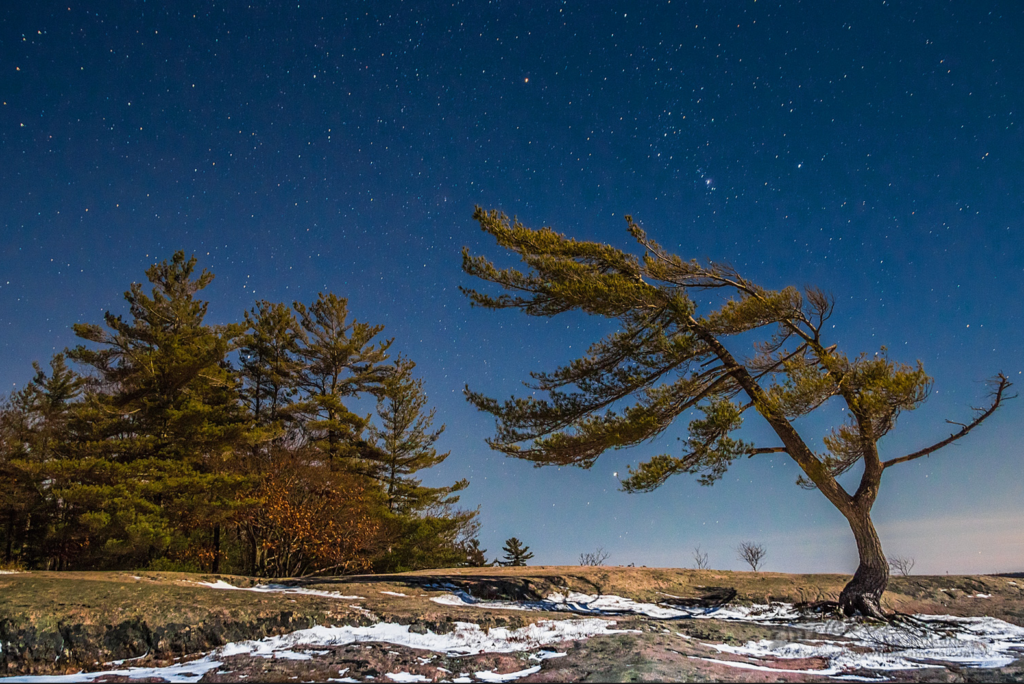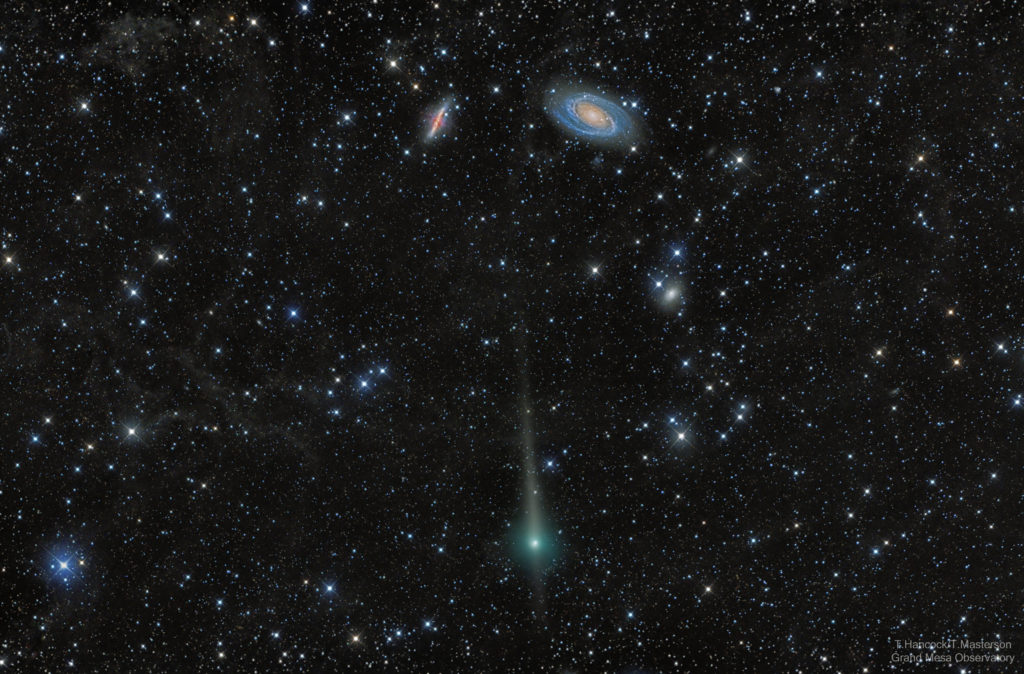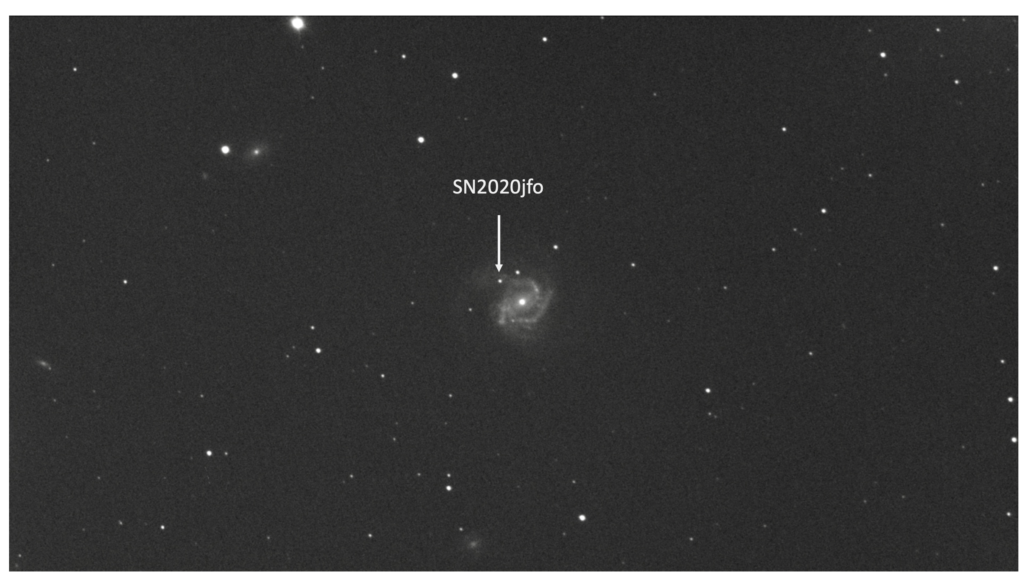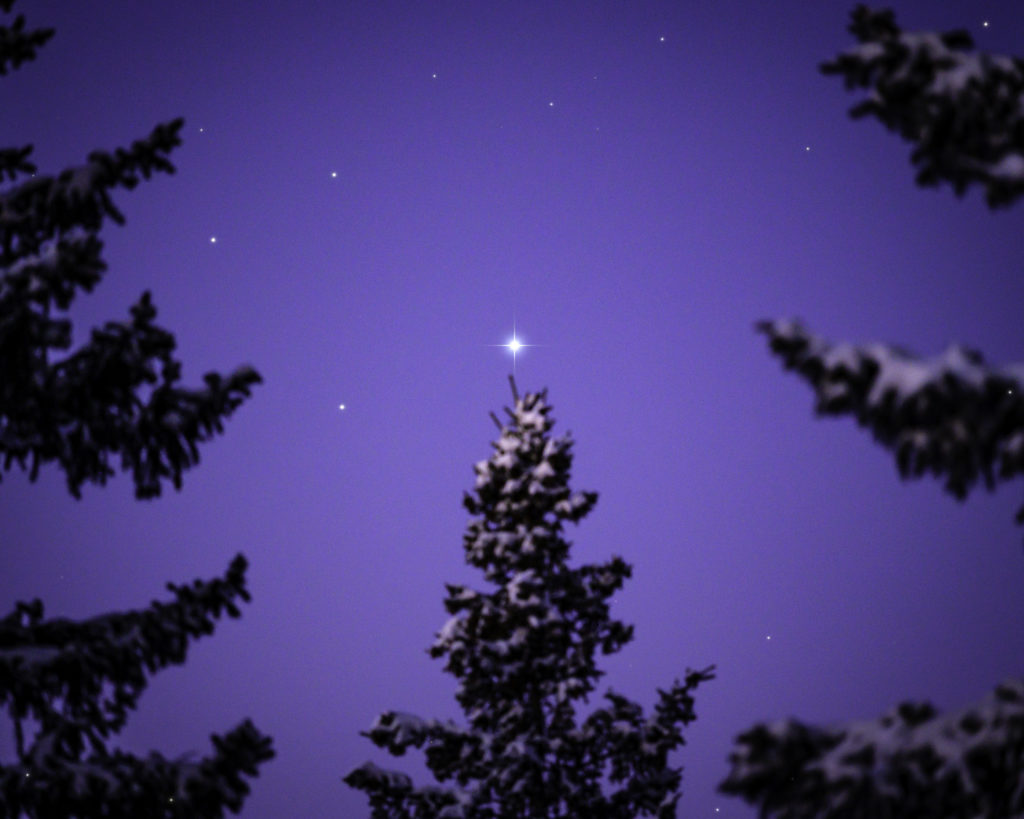
The year 2024 is a busy one for celestial events and night sky sights. All the bright planets – especially Mercury and Mars – make spectacular appearances and a number of conjunctions through the year. A total solar eclipse passes across North America in early April. The Perseids arrive in August with the Moon mostly out of the way. And through the year, solar activity is expected to pick up resulting in increased sunspot counts and other chromospheric activity along with frequent auroral displays. We even get an extra day of stargazing since February has 29 days in 2024, a consequence of a calendar adjustment to account for the fact that it takes the Earth 365.25 days to go around the Sun, not 365. Here are the key celestial events for 2024. We’ll have more about each event, and much more, in the monthly night-sky updates on Cosmic Pursuits.
[Read more…] about The 23 Best Celestial Events of 2024
Share This:



